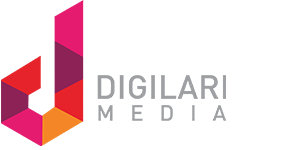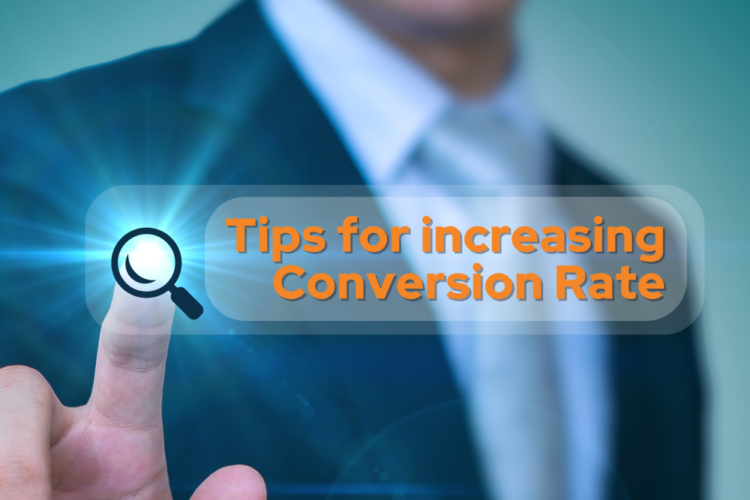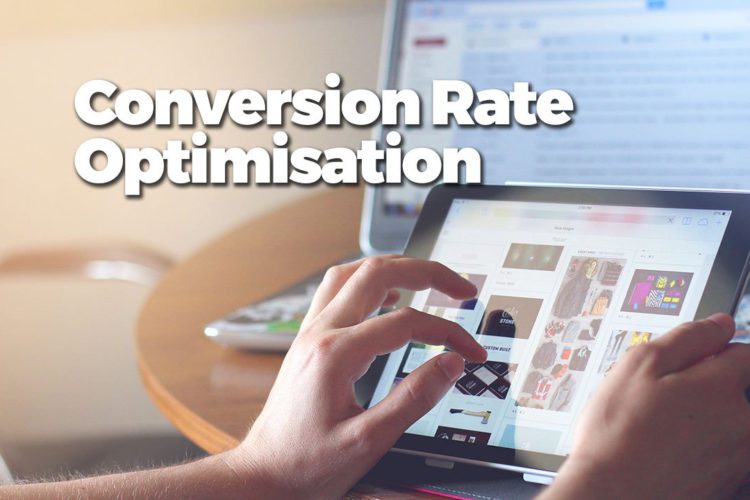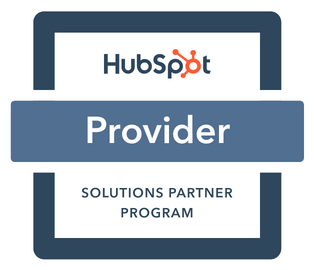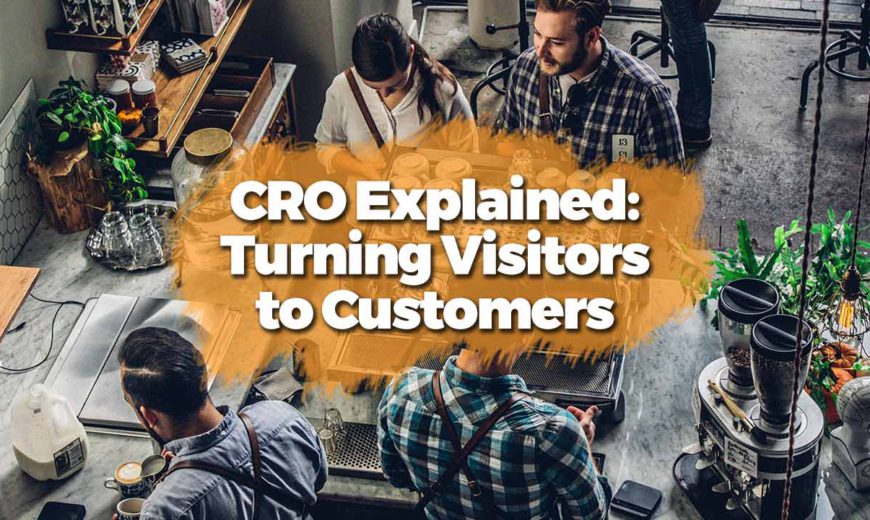
On this page
Seeing an increase in traffic may seem like a great thing. You now wait for great things to follow. You wait… and wait. And wait some more. The thing is that an increase in traffic doesn’t always lead to an increase in conversions. These are two separate digital marketing metrics. Both are important but an increase in conversions is the one you should work hard towards.
What are conversions?
To put it in the simplest terms possible, conversion refers to a website visitor who undertakes an action you desire. It could be someone making a purchase from your company. It could be a person signing up for your newsletter. Most often, it refers to a client making a direct enquiry or buying from you.
This definition makes it easy to see how traffic and conversions differ from each other. A conversion is a much more powerful indicator of engagement. If the campaign you’re carrying out is engaging and relevant, more people will be willing to undertake the action that you desire from them.
What is conversion rate optimisation?
Conversion rate optimisation (CRO) refers to a technique that is aimed at improving the performance of your website and at making your online presence more meaningful.
CRO is often based on audience insight. It relies on Analytics data and other metrics. If you have a high bounce rate, for example, chances are that your website isn’t as engaging as it can potentially be.
The approach is systemic and it involves an array of tactics that can potentially deliver results. It may involve SEO, improving the online user experience, putting emphasis on high quality content and offering a stellar customer service online.
Conversion rate optimisation in numbers
According to a Steelhouse survey, the average conversion rate for most websites ranges between one and three per cent. This means that about 97 per cent of the website visitors will not be interested in the call to action and they will not exhibit the desired response.
It’s very interesting to point out that faulty conversion strategies may be the ones to blame for the low rates.
According to Eisenberg Holdings, companies spend an average of 92 dollars on bringing a visitor to their website. These same companies, however, spend only one dollar on trying to convert these visitors. The numbers once again suggest that traffic is prioritised over CRO.
Why is this an important digital marketing metric?
The information presented so far sounds really convincing but why is the conversion rate such an important metric?
If you need reasons to get started with CRO right now, here are a few of the most important ones:- More customers: carrying out a CRO campaign will ultimately result in a bigger number of customers and higher revenue for your business. In fact, this is one of the most cost-efficient possibilities for acquiring new clients and enabling your company to grow.
- A small increase in conversion rate can have a profound impact on your business: even a small change in your conversion rate percentage can have a spectacular financial impact on your business. The fact that such a campaign isn’t expensive to carry outstands as an added bonus.
- It gives you the right kinds of customers: CRO is all about targeting, a better user experience and building long-lasting relationships. A campaign that’s carried out in the right way can increase the size of your loyal clientele.
- Your customer acquisition cost goes down: if you double your customer acquisition rate, you are halving the cost per acquisition (CPA). Thus, CRO makes a lot of sense for small businesses and the ones operating on a tight budget.
The key elements of CRO
CRO has a number of important components. All of them will be determining the effectiveness of the strategy and your ability to attract the right crowd to your website.
A good CRO campaign should consist of the following:
1. Results tracking and analysis: good CRO campaigns are based on actual data. Tracking important metrics and having an idea about the behaviour of your audience will help you figure out which parts of your online presence are in need of improvement.
2. A/B testing: testing a hypothesis will help you figure out which approach invokes a better response. Thus, A/B testing is a key element of conversion rate optimisation. Here’s an example – you can create two landing pages, each one linked with a certain email address or a telephone number. By doing so, you can figure out which one achieves a higher level of engagement and stimulates more prospects to contact your business and potentially turn into customers.
3. Customer surveys: if you want information from your clients and prospects, you should ask for it directly. Customer surveys will provide a lot of additional information on top of the data that you’ve gathered through the use of Analytics.
4. CRO strategies based on data: the strategies required to increase the number of conversions will be different for every single business. Some may need better SEO. Some may need a website redesign. Experienced professionals in the field of online marketing and CRO will be capable of carrying out a thorough assessment and pinpointing the areas in need of improvement.
CRO is complex and it consists of multiple steps. Once carried out, however, it will give you the competitive advantage that you need to grow your business. Ranking as one of the most cost-efficient marketing solutions, CRO is definitely worth a try.
